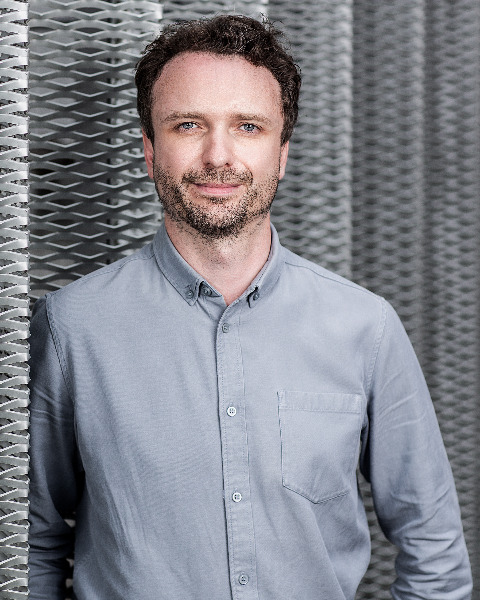Shaping the Future of Therapeutics
Meeting the gene editing potential of cell line engineering with image analysis, abstraction and automation

David McClymont, PhD
Head of Automation
Horizon Discovery Ltd, United Kingdom
Cell Line Engineering is the manufacture of gene edited cells, mainly cell lines or iPSCs typically as cell models for research use. These include introducing missense mutations in open reading frames to ‘knock out’ genes or introduce material that can be e.g fluorescent tags on endogenous genes or new exogenous genes altogether. Until the advent of CRISPR, gene editing could not reach the demand in the range of cell line models researchers wanted. Typically, viral based inserts were limited in size and ease of use while Zinc Finger Nucleases (ZFN) and Transcription Activator-Like Effector Nucleases (TALENs) were made difficult due to the protein engineering required for each target. CRISPR revolutionised cell line engineering by allowing gene edits that could be cheaply, quickly and easily targeted to anywhere in the genome with relatively just RNAs for targeting and synthesised (or cloned DNA) for the introduction of new genetic material. With a simple programmable methodology for gene editing in place it became possible to abstract that capability into a data model that could executed on automated platforms with integrated LIMS systems. A system that is flexible for all use cases using the same manufacturing systems but in order to build such a system many challenges in assay development and data analysis have to be overcome. One such challenge has been in image analysis where the use of fluorescent dyes isn’t possible but traditional image analysis techniques based on signal intensity leads to poor segmentation of cells vs background using brightfield alone. We developed a brightfield image analysis platform sending images captured the to a cloud platform where they were segmented using ML and analysed over time for clonality.

